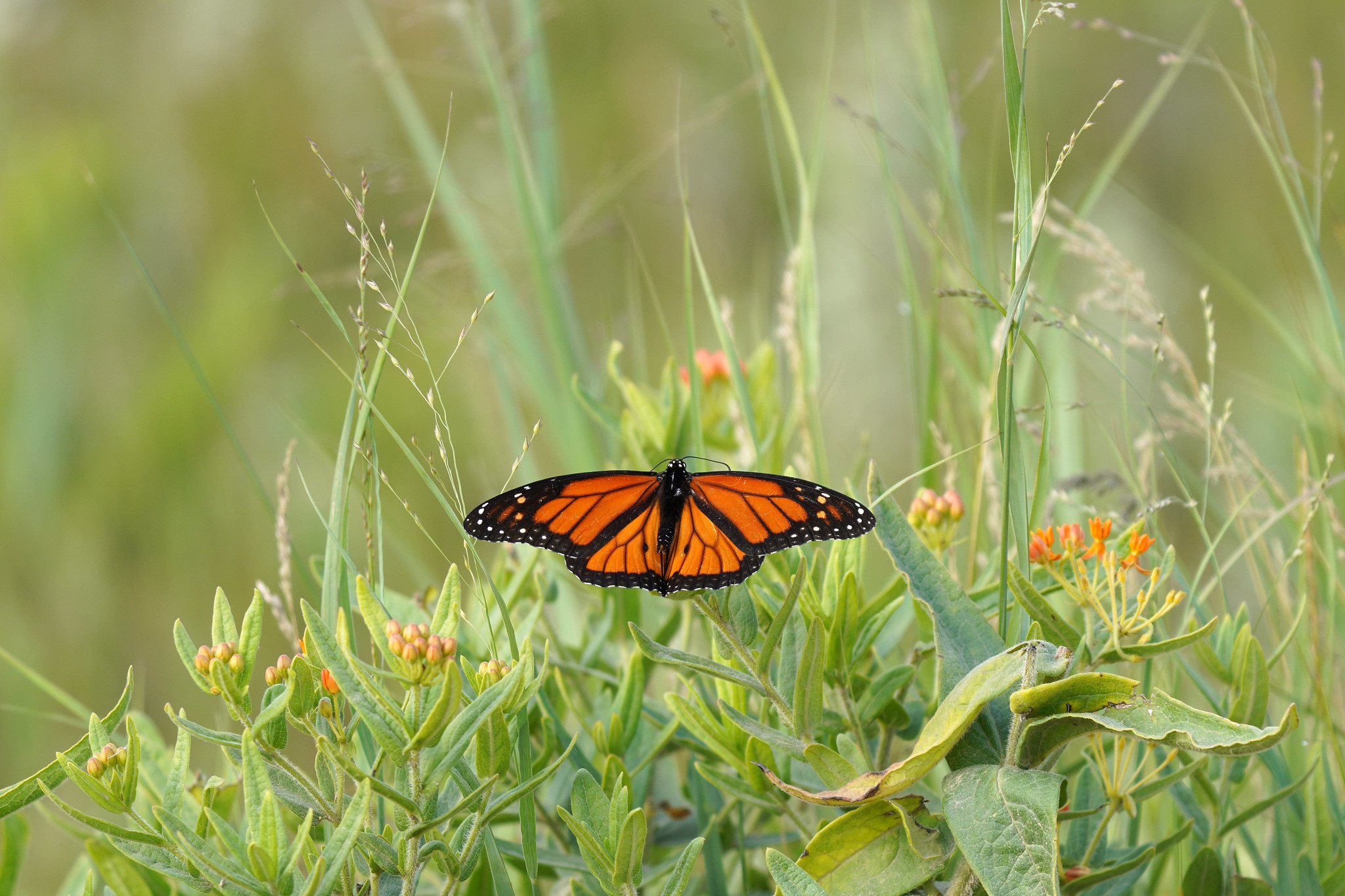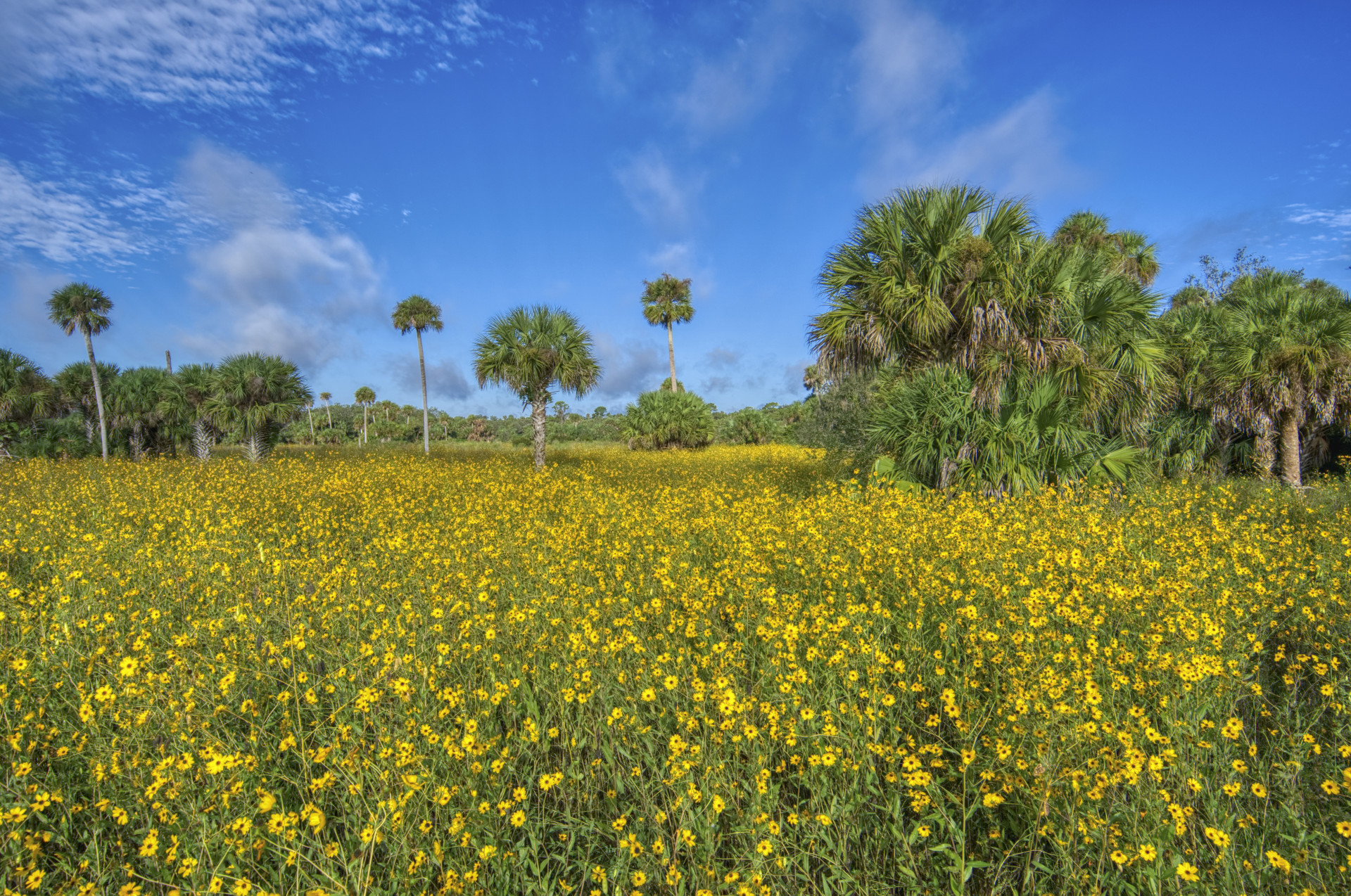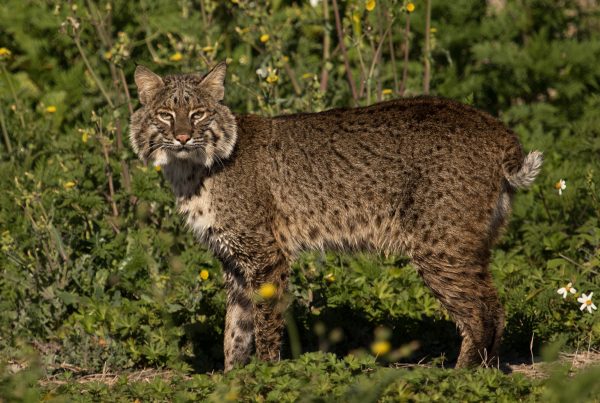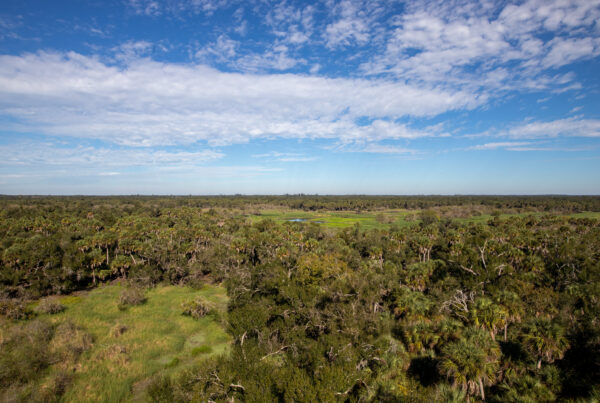Every fall, one of the most remarkable migrations in the animal kingdom passes right through Florida. Monarch butterflies, with their brilliant orange wings laced in black, travel thousands of miles from the northern United States and Canada to their overwintering grounds in the mountains of central Mexico.

Along the way, Florida serves as a critical stopover, providing nectar-rich flowers and safe resting spots during their long journey south. For many Floridians, spotting these delicate travelers is a seasonal reminder of the state’s vital role in one of nature’s greatest journeys.
A Long-Distance Traveler
Despite weighing less than a paperclip, monarchs are capable of flying up to 50 miles in a single day. Their fall migration can cover nearly 3,000 milesand is a journey repeated across generations, as no single butterfly can make the round trip. Instead, each new generation continues the path carved by those before them, guided by instinct, the sun, and even Earth’s magnetic field.
With wings spanning three to four inches, monarchs are instantly recognizable by their vivid orange color patterned with black veins and bordered by white spots. This bold coloration not only makes them one of the most iconic butterflies in North America but also serves as a warning to predators of the toxins they accumulate from milkweed plants, their sole host during the caterpillar stage.

Why Florida Matters
Florida sits directly in the path of the monarchs’ fall migration, making the state an essential link in their long journey south. Nectar from native wildflowers like goldenrod, blazing star, and lantana provides the fuel monarchs need to keep flying, while coastal dunes, wetlands, and pine flatwoods offer shelter from storms and places to rest. Even small backyard gardens filled with native plants can become vital stopovers, helping bridge the gaps between larger wild areas.

By protecting Florida’s landscapes and creating pollinator-friendly spaces in our communities, we ensure monarchs—and the many other butterflies, bees, and birds that depend on these resources—have what they need to survive and thrive during their remarkable migration.
Celebrate the Monarch Migration
Want to experience the wonder of monarch migration for yourself? Join the Florida Wildlife Federation at the St. Marks Monarch Festival on October 25, 2025, where we’ll celebrate these incredible travelers and the importance of protecting their habitats.





